I am a beginner in javascript and I have been coding along with a youtube video to create a memory game. The instructor in the video, used the following loop to create 12 different 'img' elements. To give you a little context here, what she has been doing is creating 12(length of the array used in the for loop) image elements and appending them to a parent div element with the class name of 'grid'. So my question is,
In the following code, the loop runs 12 times and since she has typed,
var card = document.createElement('img');
shouldn't the card variable be replaced by the same 'img' element created each time the loop runs? (In other words, isn't it that what is happening here is the card variable been overwritten each time the loop runs?). But at the end, there were 12 cards created as she showed the result. How did this happen?
